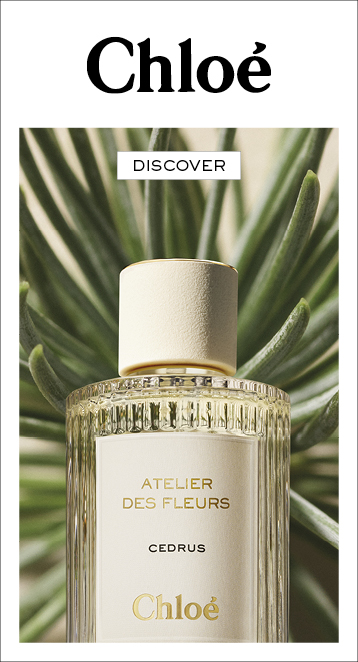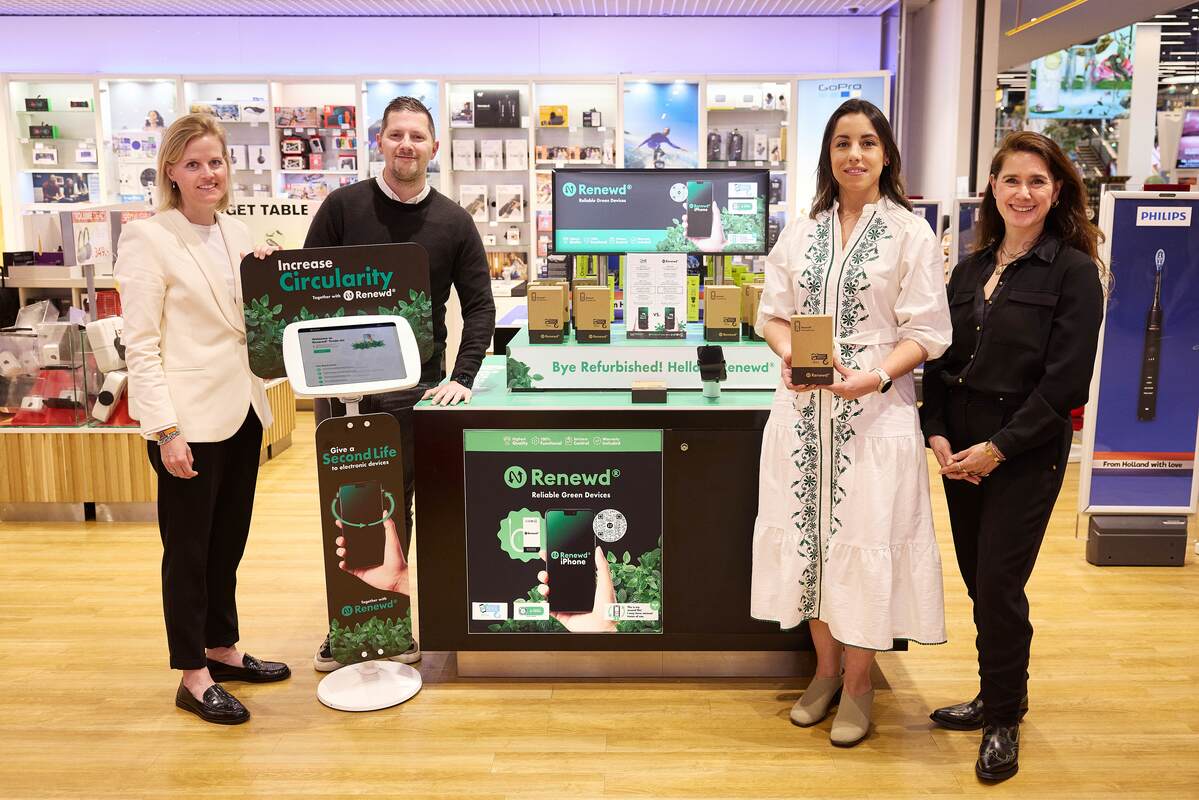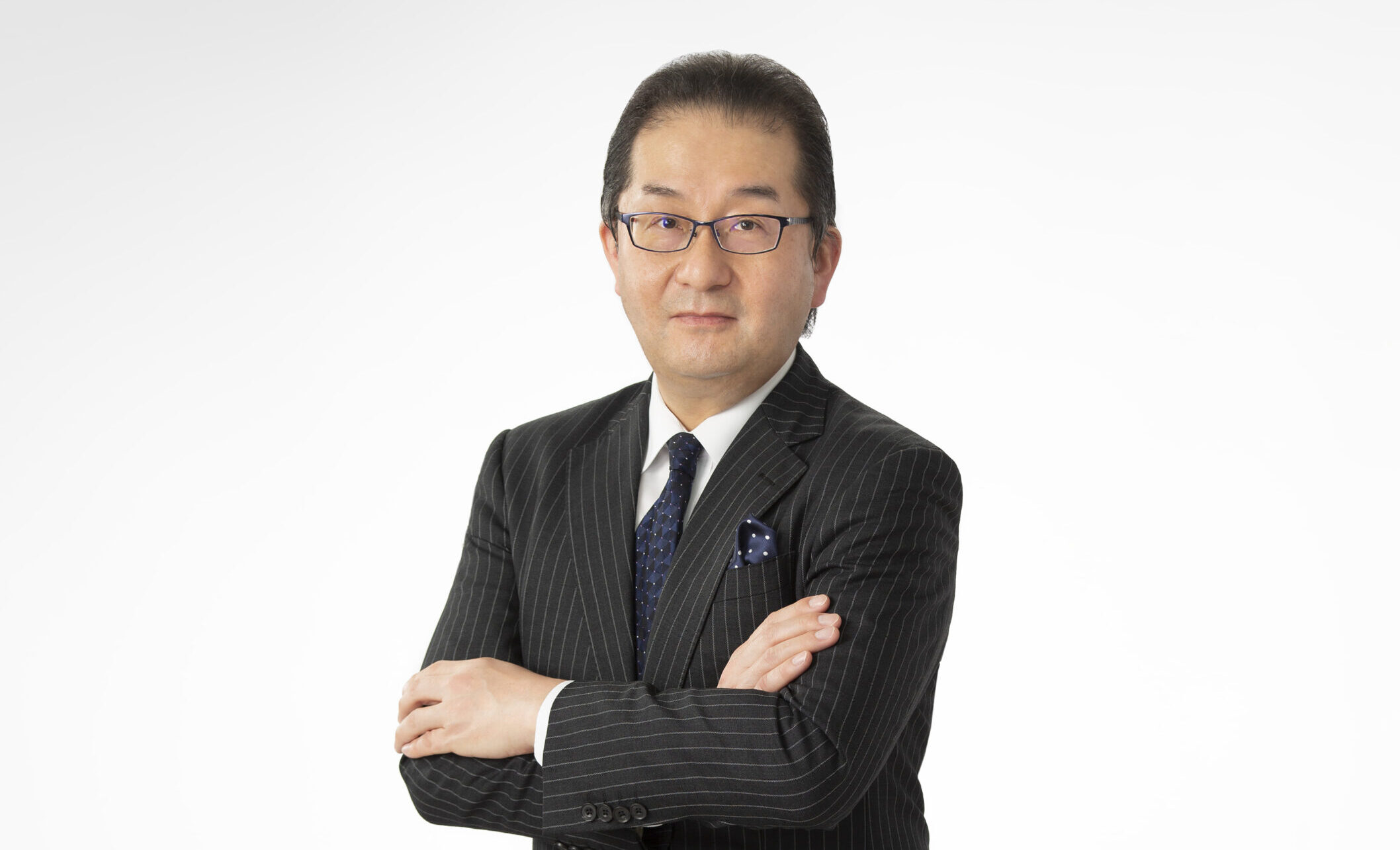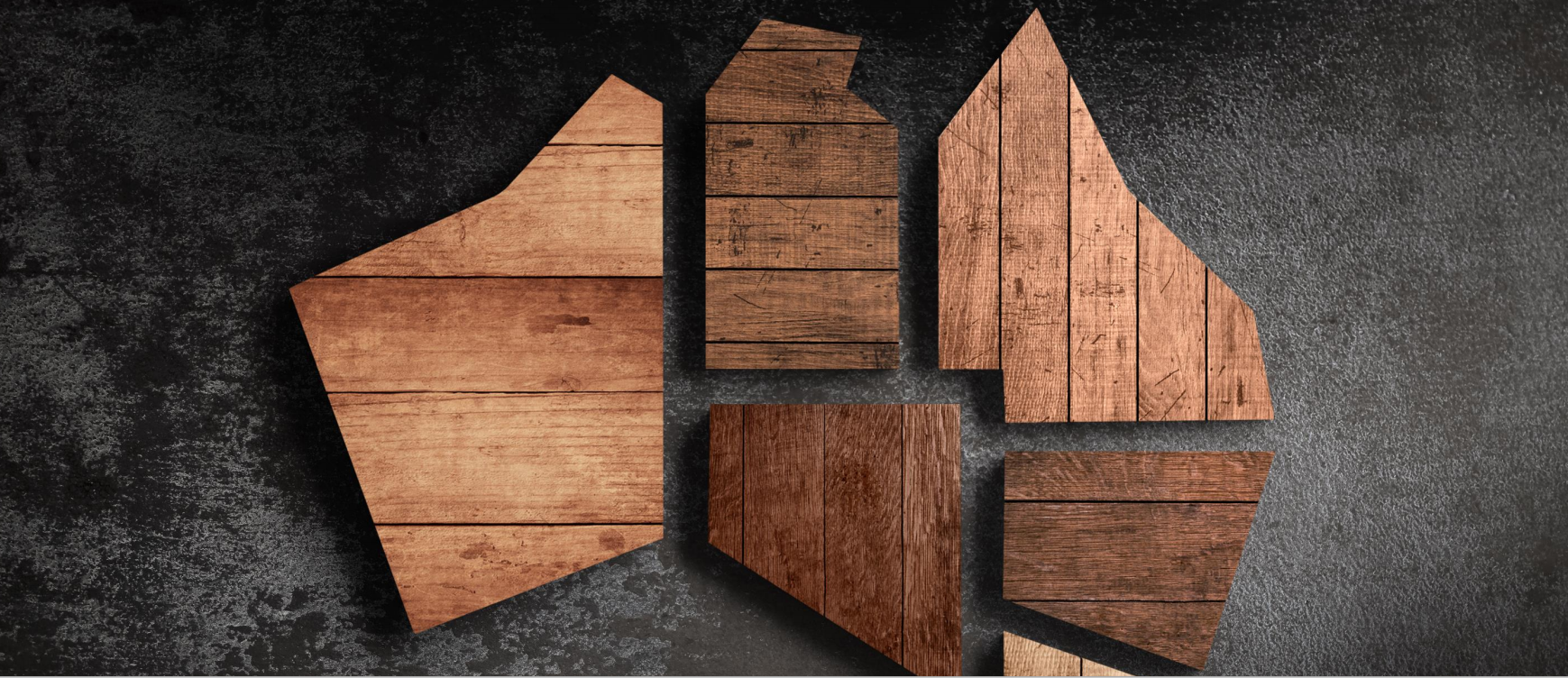
Introduction: Accolades Wines has launched its second annual luxury wine range as part of the company’s Global Vintage Release Program. The curated selection is designed to showcase the best of Australian terroir and winemaking. Travel retail is a prime target channel (see sidebar below).
The new release features vintages crafted from several renowned Australian wine regions: Tasmania, Barossa, McLaren Vale, Margaret River and Frankland River. The wines have been crafted by what Accolade described as a “legion of decorated winemakers”.
The Moodie Davitt Report Founder & Chairman Martin Moodie was among the first in the world to taste the new vintage luxury wine assortment. He did so during an exclusive private masterclass with Accolade Wines Global Wine Director, Nigel Sneyd Master of Wine (MW), a long-time Senior Judge of the International Wine Challenge who has worked in the wine trade since the age of 17, and Accolade Wines Senior Regional Manager – Global Travel Retail EMEA Jeff Bond.
Here are highlights of that conversation – and comments on the tasting.

When it comes to wine, Nigel Sneyd tells it like is. And not, unlike so many wine experts, like it isn’t. “Many tasting notes are just a shopping list of herbs and spices, exotic teas and fruits, etc – I don’t know what half of them taste like!” says the straight-talking Accolade Wines Global Wine Director, Master of Wine, who since January has also served on the Board of the Australian Wine Research Institute.
“I read a very interesting article by Lisa Perrotti-Brown [MW, of Robert Parker’s renowned Wine Advocate -Ed] saying that in the Asian markets a lot of those fruits and spices etc are not known. They mean absolutely nothing right to consumers in that market. And she proposed a lexicon for Asian markets that gave Asian herbs and commonly used spices. It was fascinating reading.
“I much prefer the style of some, particularly in the UK, who reference sensations in the mouth, texture, length, and structure of wine. It’s something I’m quite conscious of when people are talking about wine.”
And so begins an enthralling and illuminating tasting that embraces a broad range of styles, varietals and price points that reflects the fascinating diversity of Australian winemaking.


First up, we start with two sparkling wines from Tasmania, the cool-climate island state off Australia’s south coast. House of Arras is one of the New World’s most celebrated sparkling winemakers. The company was founded in 1995 by Ed Carr with the sole purpose of crafting exceptional Australian sparkling wine that would be equal to the world’s best.

Arras means ‘tapestry’ and for over two decades Carr has been providing a vinous equivalent, one woven through a year-in, year-out quality proposition that has seen House of Arras become Australia’s most-awarded sparkling winemaker.
Its E.J. Carr Late Disgorged 2004 was named Top Sparkling Wine in Decanter’s Wine of the Year 2020 Tasting with a heady 96 points, above a rollcall of illustrious sparkling wines from around the world, even ahead of the great Krug Champagne.
“That was an incredible achievement,” says Sneyd. “So these wines really do have pedigree. They benefit from a decent amount of time aging on lees and with Tasmania obviously being right off the southern tip of Australia, conditions are much cooler climatically – not that dissimilar to northern France in terms of temperatures and the varieties are the same mix.”
First up was House of Arras Grand Vintage 2013 made from 62% Chardonnay and 38% Pinot Noir in an “ultra-brut” fashion with only three grams of sugar per litre. The wine has had seven years on its lees (yeasts that have multiplied in the bottle and formed a deposit).
Martin Moodie (MM) tasting notes: Ultra brut is right. Bracingly so but all the better, cleaner and crisper for it. A very fine and delicate bead with a soft and creamy structure. Elegant, beautifully weighted wine.
Next was House of Arras Late Disgorged 2006, 67% Chardonnay and 33% Pinot Noir – which has had 14 years on the lees. “It’s got that additional richness with the toastiness starting to come through from the Chardonnay. And it has additional depth on the palate from that extended lees aging,” Sneyd observes. “These are both very fine examples of classic traditional method sparkling wines.”
MM: Fuller and toastier than the 2013 with a beguiling depth of flavour. Lemon and brioche aromas. Again a very fine bead and an elegant, beautifully balanced mouth feel. The finish is as long and clean as Hobart’s River Derwent.
[Click on the YouTube icon to discover the extraordinary story of House of Arras. “Our wines express their age, they express their origin. This gives Arras a uniqueness which is our style – it’s an essence, it’s a magical part of winemaking to be able to take wines to this age,” says Founder and Winemaker Ed Carr.]

It’s time to move to still wines and we kick off with Hardys Eileen Hardy Chardonnay 2019, like many of the Hardys wines produced from multiple sites. “Whereas the universal trend is very much towards individual sites and the smaller the better is a common perception… when we come to a brand like Eileen Hardy, it’s all about a house style,” says Sneyd.
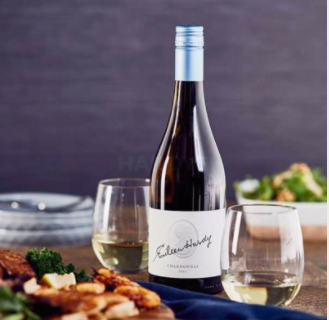 “So we tend to develop the best vineyards for that style in any given year, which also gives a bit of flexibility in Australia as we do unfortunately get bushfires on a regular basis.”
“So we tend to develop the best vineyards for that style in any given year, which also gives a bit of flexibility in Australia as we do unfortunately get bushfires on a regular basis.”
Whereas Tasmania is often a prime source for the label, the 2019 vintage is a blend of Yarra Valley in Victoria and Margaret River in Western Australia. “It’s got a good concentration of alcohol at around 13.8% and with that classic acidity you get from the Yarra Valley,” says Sneyd.
The grapes came from a high-altitude area of the Yarra, the late ripening lending a firm acidity to the grape concentration. Natural fermentation in French oak barrels.
MM: Pleasantly but not excessively oaked, the tropical fruit flavours and distinctive minerality lend a good balance. Long, clean finish with a hint of sweetness from the oak. Don’t overchill it to ensure the complexity of the flavours emerge. Great with roast chicken.
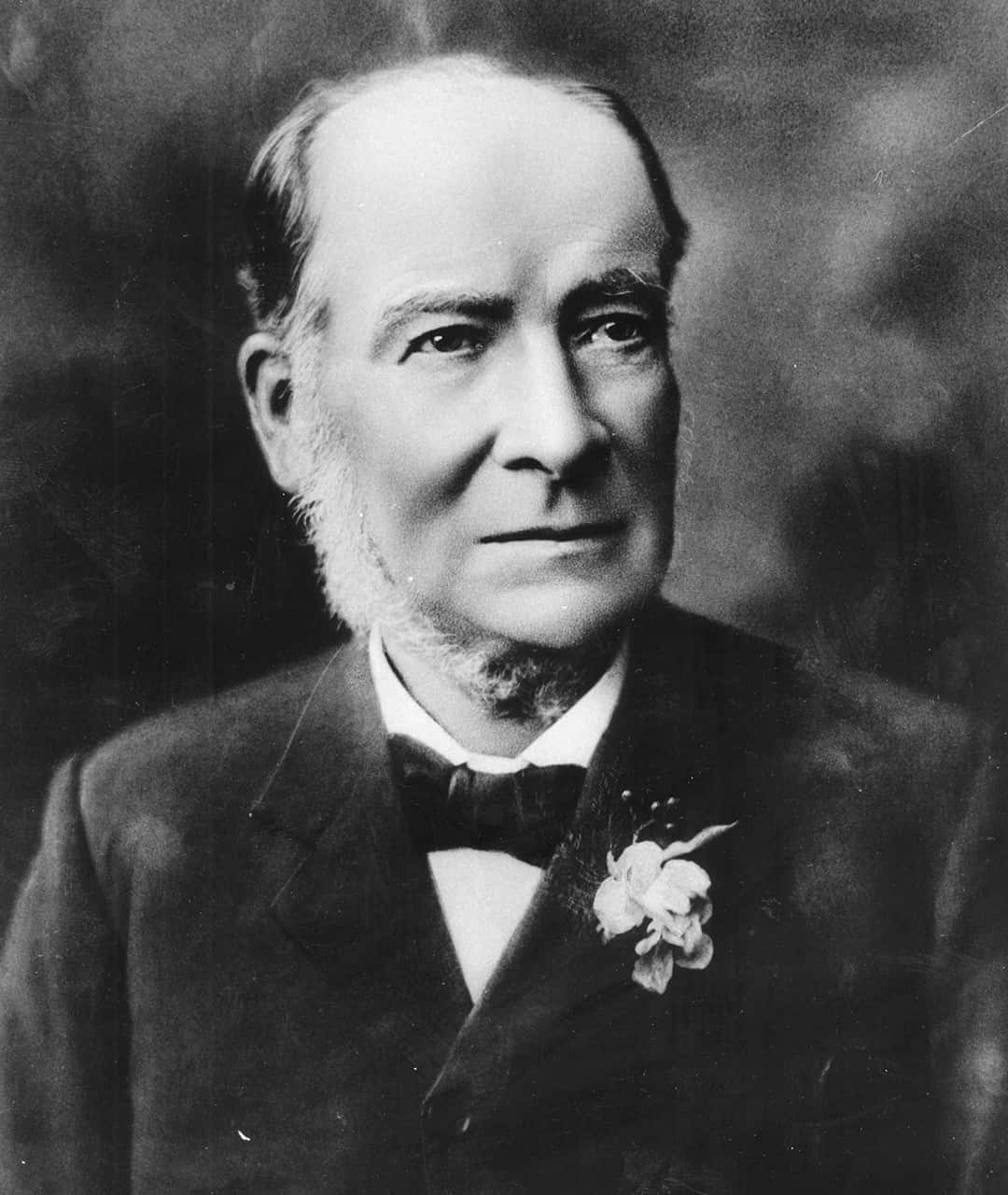
“This is a very bold wine with very ripe tannins and very fine acidity. Great youthful red and black fruits, a lot of mulberries and spice coming from the oak support. It’s just classic Australian Cabernet.”
Such a big wine, while drinking well now, will certainly benefit from extended bottle age. As with many contemporary wines, though, this one comes with a screwcap. What are Sneyd’s thoughts on screwcap versus cork in terms of bottle aging?
“It is more reliable than cork,” he replies. “The old adage used to be that there’s no such thing as a good old vintage but there are good old bottles. Screwcap makes that a lot more weighted in the favour of good old vintages as you have much more consistency. The one caveat with these wines is that they all benefit from being decanted just to open them up and make them a little more friendly when they’re poured.”
MM: I did just as Nigel advised with this wine and then left it for three hours to breathe. It paid off. Lovely purple hues and berry aromas draw you into a juicy Cabernet bursting with blackcurrant. Rich, ripe flavours with plenty of tannins that will soften with age but it’s also drinking beautifully now.

Now it was time to head to the famed Barossa Valley in South Australia. We started with the 2019 Grant Burge The Holy Trinity GSM, not a name for a brave new travel retail industry model but, as suggested by the acronym, a blend of Grenache, Shiraz and Mourvèdre.
“It’s got that great grenache red fruit jam flavour, aged only in older oak,” says Sneyd. “So you’ve got the long flavour of the Grenache, the firm fine tannins of the Mourvèdre and then the Shiraz to fill it out. It’s classic southern Rhone style, but with new world freshness and vibrancy. It’s drinking beautifully now but it has also the ability to age a good five to ten years.
MM: There’s so much to like in this beautifully easy drinking wine from the lovely light purple hues to the trademark jammy aromas and succulent, lingering flavours of the Grenache. Medium-bodied, fresh, ready.

 It’s time to try the Grant Burge Filsell Shiraz 2019. “There’s a theme running through the Grant Burge wines – I find them very seductive, very lush, very rounded, very polished,” Sneyd comments by way of introduction. They have great power yet they’re not brutal. They’re not rustic. They’re very fine wines with really natural concentration.”
It’s time to try the Grant Burge Filsell Shiraz 2019. “There’s a theme running through the Grant Burge wines – I find them very seductive, very lush, very rounded, very polished,” Sneyd comments by way of introduction. They have great power yet they’re not brutal. They’re not rustic. They’re very fine wines with really natural concentration.”
“The Filsell is a pure Barossa Shiraz and it has beautiful dark, dark fruit. Very plush. It’s got firm tannin but you almost don’t notice it because it’s so polished. It’s all about the selection of the fruit. It’s fermented as naturally as we can… aged a little bit in new oak but mainly in one and year two year old oak. Not to dominate and that’s the important thing. I think these are wines that have a 10 to 15-year future but once again can be drunk now – it’s about personal preference.”
MM: The gorgeous purple, inky hues are complemented by intense black fruit flavours on the nose. Still a little closed due to the firm tannins but already there’s some enticing silky soft fruit showing through. A lovely seductive wine that will age splendidly but will work now with a juicy steak or roast. And, as I discovered, a good Habanos.
Grant Burge Nebu Cabernet Shiraz 2018 is sourced entirely from the southern Barossa. The Shiraz component comes from 100-year-old vines and the Cabernet vines are no youngsters either at 50 years old.
“Cabernet Shiraz is not something you see really outside Australia,” Sneyd points out. “It sort of fell from favour among Australian winemakers and wine companies who started chasing more European styles, not wanting to be unique but looking to mimic Europe. But some of the greatest Australian wines have been Cabernet Shiraz and it is coming back into favour for being recognised as something which is uniquely Australian. So it’s to be encouraged.
“Once again, it’s got the typical plushness of Grant Burge. But it’s got great strength and the Cabernet is lending a slight tightness to it, which is a good counterfoil for the richness of the Shiraz.”
MM: Well, Cabernet Shiraz never went out of favour for me. I have always loved the way the Aussies marry my two favourite red grapes and this is a real winner. The colour is a huge, deep purple; the nose full of earthiness (the Shiraz) and black fruits (the Cabernet) with an almost chocolatey feel on the palate. This is a big, powerful wine, still a little closed and will be simply outstanding in another two to three years.

Staying in South Australia, we come to a duo of outstanding Shiraz wines from St Hallett – Blackwell Shiraz 2019 and Old Block Shiraz 2017.
 “These wines are very different from those of Grant Burge, which are about plushness and richness and polish,” Sneyd notes. “St Hallett tends to be more earthy and sinewy, a bit more rustic and earthy. Strong wines, tighter acidity; and stronger, more chewy tannins.
“These wines are very different from those of Grant Burge, which are about plushness and richness and polish,” Sneyd notes. “St Hallett tends to be more earthy and sinewy, a bit more rustic and earthy. Strong wines, tighter acidity; and stronger, more chewy tannins.
“With St Hallett, especially at the top end, you could drink them now but I would recommend that they do benefit from cellaring.”
As the name suggests, the Old Block comes solely from old vines – in this case a minimum of 50 years old. In fact, some were planted as far back as the 1870s.
Describing the duo, Sneyd says: “To use an analogy, Blackwell is like having a second wine of a Bordeaux Château, it is the one which you can open on a regular basis, the Old Block you trot out on special occasions. That’s reflected in the pricing with one less than half the cost of the other.
“The Old Block has fantastic longevity, which almost goes without saying given it has that much concentration.”
MM: If you like the big, raw Aussie Shiraz style, Blackwell is for you. Power-packed, all black fruits and dark chocolate complemented by plenty of vanilla oak and firm tannins. The Old Block is stunning in the sheer concentration of its fruit, mirrored in the superbly perfumed bouquet and the mix of spice, blueberry-like fruit and tannins that grip but do not overwhelm.
To conclude the tasting it’s time to head across country to Western Australia for two wines from Houghton. Founded in 1836, Houghton is the oldest winery in the Accolade portfolio. Both wines hail from the Frankland River area where Accolade has extensive vineyard relationships.

Houghton CW Ferguson Cabernet Malbec 2019 was named after one of the early Houghton winemakers, while Houghton Jack Mann Cabernet Sauvignon 2019 (“the granddaddy of them all”, says Sneyd) honours legendary winemaker Jack Mann (1906-1989), who oversaw 51 consecutive vintages at Houghton and was awarded an OBE for his services to Australian winemaking.
“The Jack Mann is our Grand Vin, if you like, and CW Ferguson is the second wine of the Grand Vin,” Sneyd says. “They have very similar vineyard origins but the different blocks and different parcel selection is what teases them apart, something that’s reflected in the retail price.
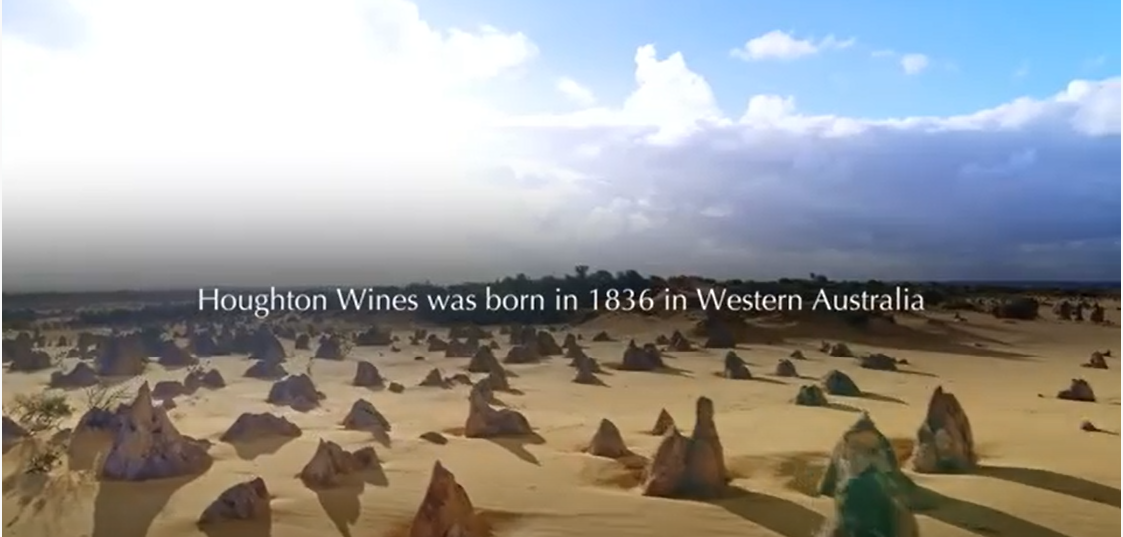
“The Jack Mann is an absolute classic. We’ve done quite a few tastings recently of these wines versus Thomas Hardy versus our Coonawarra range and versus international wines from other classic Cabernet regions around the world and they both hold their heads up very, very high. So it’s a real privilege to be able to present them to people and see the reaction.”
As the Aussies might say, “What a bloody ripper” the Jack Mann is
 MM: And a real privilege to drink them. What a way to finish such an outstanding tasting. The Cabernet Malbec was one of my favourite wines of the tasting, its superb rich purple colour and fruit cocktail of blackcurrants, cherries and blackberries on the nose leading to a beautifully structured, mid-weight wine that bursts with black fruits and a hint of mint. Will benefit from more time but can you wait? Lovely.
MM: And a real privilege to drink them. What a way to finish such an outstanding tasting. The Cabernet Malbec was one of my favourite wines of the tasting, its superb rich purple colour and fruit cocktail of blackcurrants, cherries and blackberries on the nose leading to a beautifully structured, mid-weight wine that bursts with black fruits and a hint of mint. Will benefit from more time but can you wait? Lovely.
I was so looking forward to drinking the Jack Mann at my leisure that I stashed it in my suitcase to drink once I arrived in South Korea a few days after I tasted the other wines. And no, I didn’t drink it with Kimchi, a food for which I think only a Gewürztraminer or perhaps a perfumed Muscadet even remotely works.
As the Aussies might say, “What a bloody ripper” the Jack Mann is. Go to any wine review site and you will see how this beauty (and previous vintages) regularly chalk off maximum scores in solo or comparative tastings. I loved everything about it, from the understated label showing a line drawing of Jack Mann to the lushness of the fruit, the gentle power of the wine – sounds like a contradiction in terms but when you taste it you will realise it’s not – and the long, smooth finish that lasts into tomorrow.
This is great wine. At just two years old it is showing well but try to resist the temptation, put it away for three to five more and you’ll get a better interest rate than any bank could ever give you. Jack Mann’s legacy lives on in this wine. Outstanding.
| Duty free debut Through its local partner Gulf Beverages, Accolade Wines has secured a pop-up store at Dubai International Airport (DXB) in Q4 that will showcase the Eileen Hardy range alongside the wider Hardys portfolio. Grant Burge and Eileen Hardy will be featured within a premium wines & spirits offer at DXB in Q1 2022. “Both stores will have highly skilled ambassadors to bring the wines to life for consumers, as well as sampling areas to taste some of the finest Australian wines,” says Accolade Wines Senior Regional Manager – Global Travel Retail EMEA Jeff Bond.  “We will also be showcasing our Global Vintage Release Program range at Cannes this October under the ‘From Australia’s Finest Cellars’ creative where we will be able to bring the wines, their heritage and the opportunity for high-end wines to life for our customers in GTR. “In Q1 2022, we have secured listings for Grant Burge (Meshach Shiraz; Abednego Grenache, Shiraz, and Mourvèdre; Nebu Cabernet Shiraz; and Shadrach 8 Cabernet Sauvignon) and Eileen Hardy, again in DXB, as part of a premium wine and spirits store.” |
Note: The Moodie Davitt Report has launched Wine Curated, a regular eNewsletter series that offers a curated selection of stories focused on the growing wine category in travel retail and beyond. The title is published in association with leading Italian producer Masi Agricola. Click here for issue one. As with all Moodie Davitt Report media, Wine Curated is free of charge. If you would like to be added to its mailing list (or to those for any other Moodie Davitt titles), please click here.





